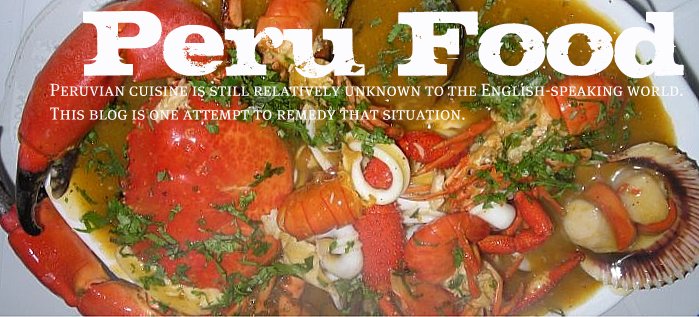A 2004 article in the British magazine, The Economist, discussed the development of a super cuy in the Cajamarca lab of Peru's National Agrarian Research Institute.
No, this guinea pig doesn't have supernatural powers nor does it battle evil forces in the world.
Instead, the term super-cuy or mega-cuy refers to the size of the cuyes being raised.
In July 2004, scientists "launched a new super cuy, as it is known in Peru, weighing up to three kilos" or seven pounds.
In The Economist: A Guinea Pig For All Tastes and Seasons, the author details how researchers in Peru hope the larger-sized cuyes will improve the diet of the poorest Peruvians.
Cuy is richer in protein, and contains less fat, than either chicken, pork, or beef. One cuy can easily feed a family of four.
 Photo of cuyes from the National Agrarian Research Institute.
Photo of cuyes from the National Agrarian Research Institute.Ironically, prior to the arrival of the Spanish, cuyes were much larger than the current breeds available in Peru. This delicacy was a key protein source for Andean people for the past 5,000 years. Cuyes were so important to the well-being of Andean society, that one Inca saying exhorts, "Raise guinea pigs and eat well".
Sadly, the farming of guinea pigs was relegated by the arrival of Europeans and new sources of meat, such as beef and pork. After colonization, eating cuy was considered backward, although people in the Andes still raised and ate them, mostly for special occasions. No Andean fiesta is complete without a cuy being brought out for revelers to enjoy.
According to The Economist, Peruvians were consuming 22 million guinea pigs a year. Researchers hope to increase that quantity by encouraging diners to think of cuy not only as a dish to be served at festivals or parties, but as an everyday type of food.
Cuy is often described as tasting like rabbit. As The Economist's writer points out, "The main drawback of guinea pig is that it has rather a lot of small bones for not much flesh. Science may at last have changed that."
To help Peruvians, and other intrepid cooks, think of new and innovative ways to prepare this ancient Andean food, the National Agrarian Research Institute has developed a list of recipes (which include cuy in peanut sauce, cuy in wine, and cuy brochettes, among others). More on these recipes later.
Peru.Food@gmail.com
.
.
.
Click here for the Peru Food main page.
TAGS: Peru, Peruvian, food, cooking, cuisine, cocina, comida, gastronomía, peruana
TAGS: Peru, Peruvian, food, cooking, cuisine, cocina, comida, gastronomía, peruana

No comments:
Post a Comment